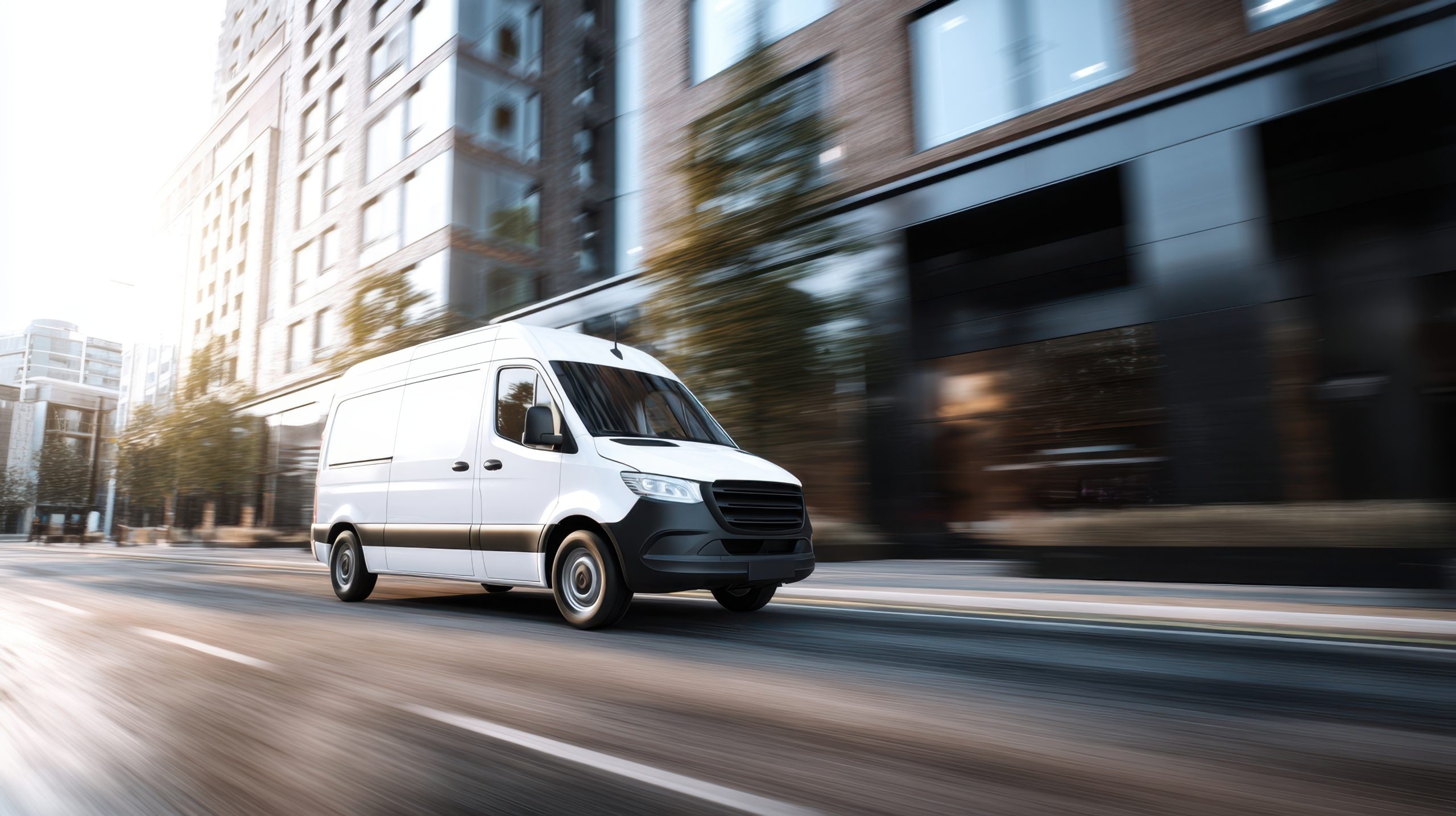When it comes to RV driving safety, speeding is one of the biggest hazards on the road, trails, and waterways. Whether you’re behind the wheel of your motorhome, towing a camper, piloting a boat, or riding an ATV, excessive speed can quickly turn a relaxing trip into a dangerous situation. According to national surveys, nearly 90% of drivers admit to speeding—a risky habit that affects not just cars, but recreational vehicles too.
Saving a few minutes or feeling an adrenaline rush may seem harmless in the moment, but speeding is a contributing factor in nearly one-third of fatal accidents. Plus, violations don’t just hurt your driving record—they can also lead to increased premiums from RV insurance companies, boating insurers, or powersport coverage providers.
Let’s explore why people speed, what the consequences are, and how prioritizing RV driving safety can keep your travels and adventures worry-free.
Why People Speed in RVs, Boats, and Powersport Vehicles
The reasons for speeding often overlap across recreational vehicles:
- Keeping up with traffic. RV drivers often speed to avoid frustrating other motorists, while boaters may follow the pace of others on open water without realizing they’ve exceeded limits.
- Running late. Whether you’re trying to reach a campground check-in, launch a boat before dusk, or make it to a trailhead, time pressure often pushes drivers and riders to speed.
- Overconfidence. Familiarity with a vehicle—whether an RV or ATV—can create a false sense of control, increasing risk-taking behaviors.
These tendencies become even more dangerous for RVs and other recreational vehicles that require more control and stopping distance than standard cars.
Who’s Speeding the Most?
Data from the National Highway Traffic Safety Administration (NHTSA) sheds light on who is most likely to speed:
- Younger drivers (18–24) speed more often than older age groups, while drivers over 65 speed the least.
- Men speed more frequently than women, though the “sometimes speeding” category remains equal across genders.
- Regional differences matter. Speeding is more common in coastal areas—popular regions for boating and RV travel—than in slower-paced, rural regions like the Midwest.
For RV owners, these factors combine with long driving distances and unfamiliar routes, creating even greater challenges for RV driving safety.
Legal and Financial Costs of Speeding
Speeding in RVs, boats, and powersports carries real consequences:
- Fines and tickets. Standard speeding tickets or boating-specific violations can result in hundreds of dollars in fines.
- License points or suspension. Frequent violations—even off-road or on waterways—can jeopardize your license.
- Court and legal fees. Reckless speeding may require court appearances, increasing costs.
- Vehicle impoundment. Excessive speeding can result in immediate impoundment or seizure of your RV, boat, or ATV.
- Higher insurance rates. Speeding tickets often result in premium hikes from RV insurance companies and other specialty insurers.
Average Insurance Impact of Speeding:
- No violations: $2,206 annually ($184/mo)
- 11–15 mph over limit: $2,719 annually ($227/mo)
- 21–25 mph over limit: $2,859 annually ($238/mo)
(Source: The Zebra)
Why Speeding Is Riskier for RVs, Boats, and Powersports
Recreational vehicles add unique risks when speeding:
- RVs: Longer braking distances and higher rollover risk make fast driving particularly dangerous.
- Boats: Increased speed raises collision risks and can create damaging wakes near docks or other vessels.
- ATVs and powersports: High speeds on rough terrain increase the chance of rollovers and injuries.
Many RV insurance companies consider these heightened risks when setting premiums, making safe driving habits crucial for both safety and affordability.
How to Improve RV Driving Safety and Reduce Speeding
Improving RV driving safety starts with proactive steps:
- Plan extra travel time for RV trips and towing—don’t rush to your destination.
- Follow posted speed limits on roads, waterways, and trails.
- Use technology. Cruise control, GPS speed alerts, and apps can help keep your speed in check.
- Educate riders and passengers. Make safety expectations clear for everyone using your recreational vehicles.
- Work with trusted insurers. Many RV insurance companies offer safe-driver discounts to reward responsible habits.
Protect Your Adventures with the Right Coverage
Speeding may seem minor in the moment, but it jeopardizes your safety, your vehicle, and your wallet. Staying mindful of RV driving safety not only protects you and your passengers but also helps reduce insurance risks from reckless drivers around you.
Happy Camper Insurance partners with top RV insurance companies to provide coverage that fits your lifestyle—whether you’re traveling cross-country in your RV, boating with family, or exploring trails on your ATV.
Travel smarter and safer. Contact Happy Camper Insurance today to protect yourself from speeding risks and get coverage built for RVs, boats, and powersport vehicles.


